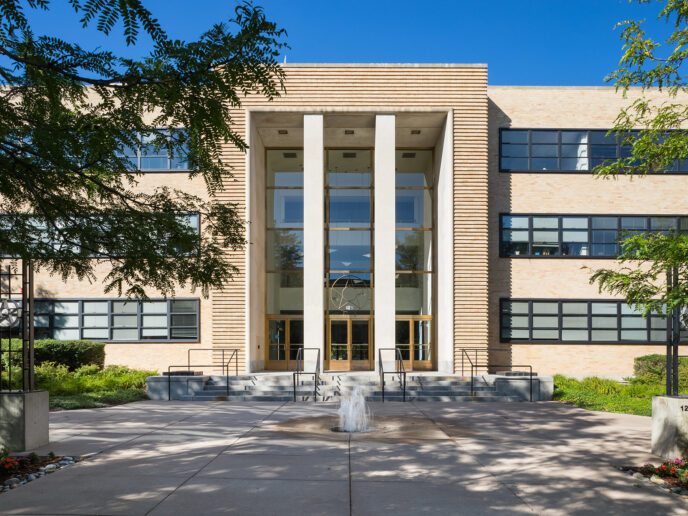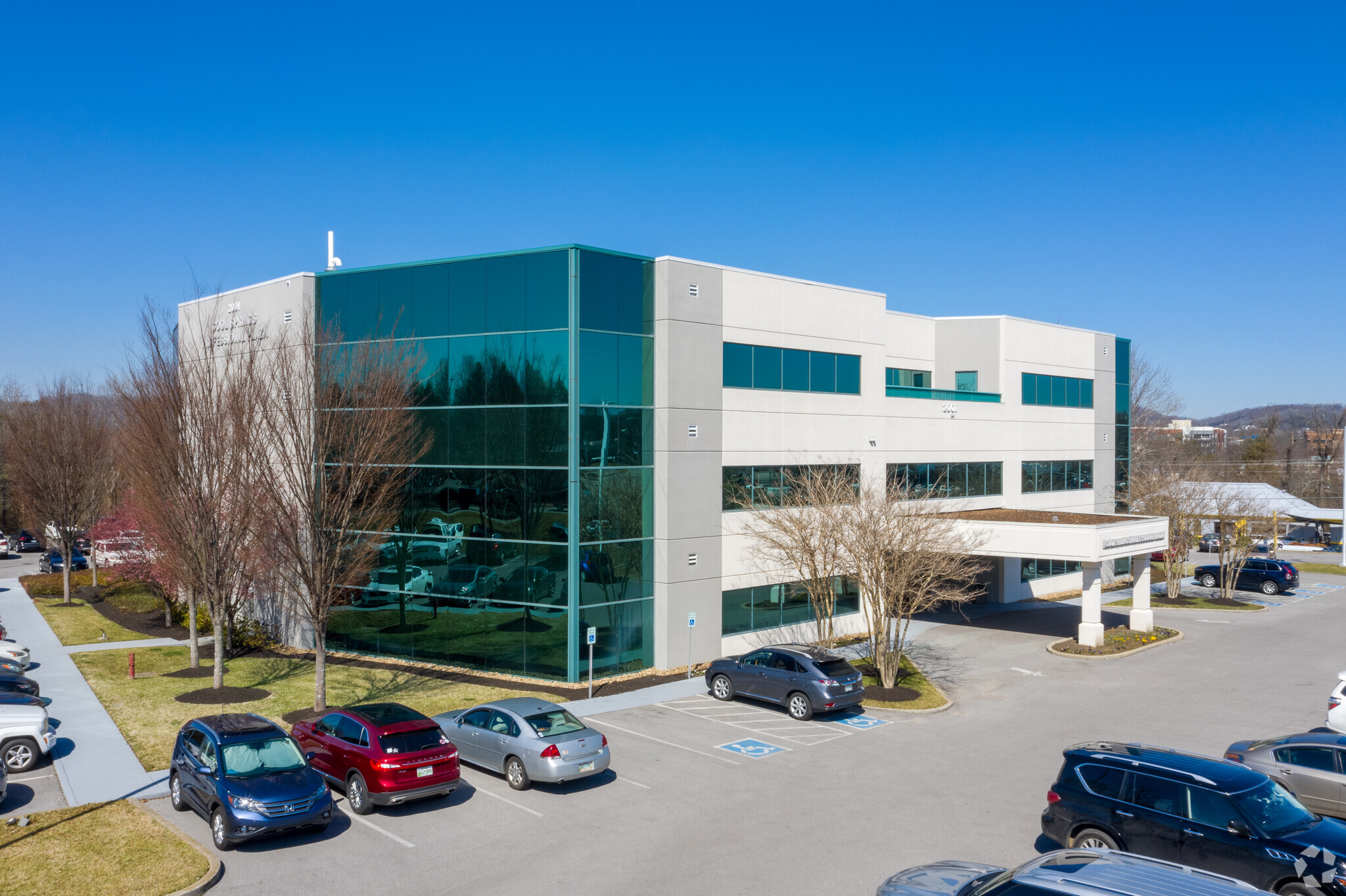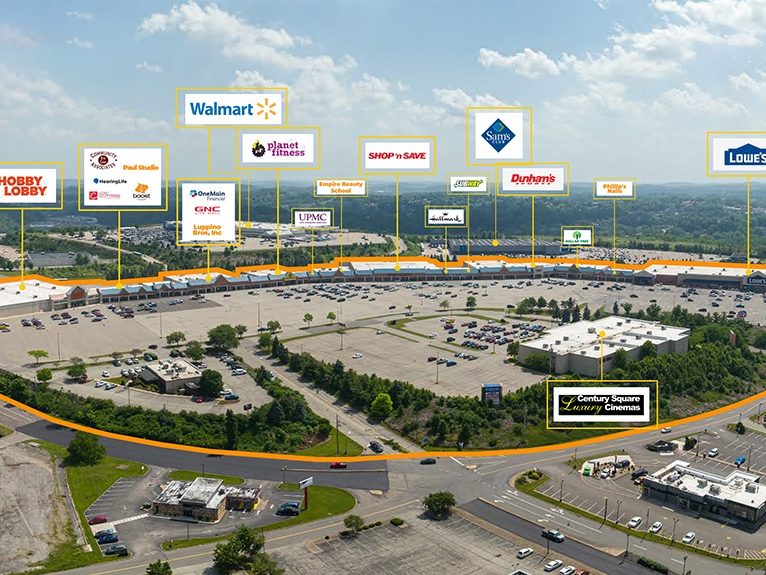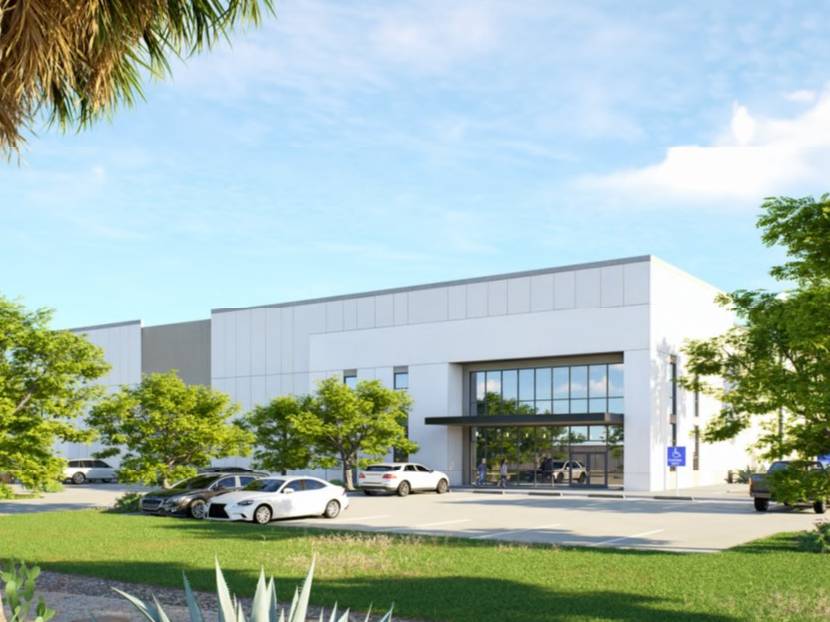Echo Real Estate Buys Denver Medical Campus at Steep Discount
The property previously traded in 2019 for $18.9 million.

Echo Real Estate Capital Inc. has acquired Rampart Medical Campus, a two-building, 71,000-square-foot property in Denver. Healthcare Realty Trust sold the asset with the assistance of CBRE.
The property changed hands for $8.6 million, according to Denver Business Journal, less than half of what it sold for in 2019. Back then, the sale price was $18.9 million.
The purchase marked Echo’s return to Colorado, where it previously owned health-care and retail properties. The firm’s portfolio also includes Arizona, Indiana, Illinois and Massachusetts assets.
Rampart Medical Campus, up close
The medical campus consists of two three-story buildings located at 125 and 130 Rampart Way, in the historic Lowry neighborhood. Originally completed in 1942 as a school, the property was converted to office use in 1983, according to CommercialEdge information.
The asset was 45 percent leased by seven companies at the time of sale. Anchor tenants include Colorado Allergy & Asthma Centers, U.S. Dermatology Partners and Denver Oral & Maxillofacial Surgery. Echo Real Estate Capital took out financing from AGP Capital and Aspen Funds for capital improvements, cosmetic upgrades and spec-suite construction, to grow the property’s occupancy.
Rampart Medical Campus is 4 miles east of downtown Denver, adjacent to the Lowry Town Center shopping mall. Rose Medical Center, the University of Colorado Anschutz Medical Campus and The Medical Center of Aurora are within a 5-mile radius.
Despite economic uncertainties, the medical office sector remains resilient, with outpatient volumes expected to increase by 26 percent over the next decade. Investors are increasingly interested in such properties due to their stable, long-term tenants. However, challenges such as workforce shortages, rising labor costs and high construction expenses persist.







You must be logged in to post a comment.